What are Unicellular Organisms?
The term unicellular comes from the Latin term “uni” meaning “one”, or “single”, and the term cell with which we’re all familiar with. This term alone describes perfectly what unicellular organisms are – organisms which consist of just one cell. There are further categorizations of unicellular organisms, the most common being the one between prokaryotes and eukaryotes. Prokaryotes, in this sense, are unicellular organisms which don’t have a cell nucleus, nor any other organelle that is enclosed in a membrane. In eukaryotic cells, on the other hand, all organelles, such as the mitochondria or the cell nucleus, are enclosed in a membrane, making them partially separated from the rest of the cell. This distinction is important because prokaryotic cells, being more “primitive”, show that they have formed longer ago than eukaryotic cells, which had enough time to form a separated nucleus and other cell organelles. Another categorization makes a distinction between five types of unicellular organisms: bacteria, archaea, protozoa and unicellular algae and fungi. It is hypothesized that the first unicellular organisms were formed some 4 billion years ago, making them the first living organisms to have ever emerged on Earth. Unicellular organisms can form colonies, but, unlike multicellular organisms in which each cell depends on the others in order to survive, in unicellular colonies, each cell completes all the processes necessary in order to survive, and doesn’t interact with the other cells.
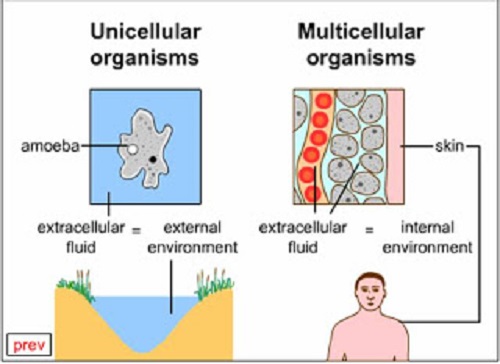
What are Multicellular Organisms?
As opposed to unicellular organisms, multicellular organisms consist of two or more cells that are combined and interact with each other in order to sustain the whole organism. All animals and plants are multicellular, as well as most algae and fungi (except for the unicellular species of algae and fungi mentioned above). Multicellular organisms arise and sustain themselves through the process of cell division (where a single cell divides into two identical copies of itself) or by cell aggregation, a process which form structures similar to colonies, but with a fundamental difference that, in this case, the cells interact with each other. Multicellular organisms formed through evolution some 3-3.5 billion years ago, with their oldest ancestor being the unicellular organisms that were first formed (which is, by definition, the oldest ancestor of all the other living things). Although going from unicellular to multicellular structure seems like a natural course of evolution, there are cases in which it can go the other way – for example, Cryptococcus, a type of yeast, was originally a multicellular organism, but, over time, reversed to being unicellular.
Similarities between Unicellular and Multicellular Organisms
Although unicellular and multicellular organisms are vastly different, there are still some fundamental features that all living things possess, that these two types of organisms share as well. For example, both unicellular and multicellular organisms have cell membranes that separate the single cell of unicellular organisms or each of the many cells of multicellular organisms from the environment. In addition, these cells are made up of the same chemicals – phospholipids. Both unicellular and multicellular organisms contain DNA (the information about how to build proteins and other chemicals necessary to sustain the organism), and the process or RNA transcription is the same. Finally, almost every multicellular organism is eukaryotic, and there are some eukaryotic unicellular organisms. Briefly covered, these differences would be:
- Both unicellular and multicellular organisms have cell membranes
- Cell membranes are made of phospholipids
- Both contain DNA
- Botch transcribe the DNA information into RNA through the same process
- All multicellular organisms are eukaryotic, and there are some unicellular eukaryotic organisms as well
Summary : Similarities between Unicellular and Multicellular Organisms
Unicellular organisms are those that contain a single cell that does all the processes necessary for sustaining the organism. On the other hand, multicellular organisms contain two or more cells, where each cell is differentiated to do just one type of work, and all the cells interact with each other. Although they are very different, since both unicellular and multicellular organisms are still organisms, there are some fundamental features that they share, such as the fact that both have cell membranes made up of phospholipids, DNA and use the same process for RNA transcription.
Author: Dr. Howard Fields
Dr. Howard is a Clinical Psychologist and a Professional Writer and he has been partnering with patients to create positive change in their lives for over fifteen years. Dr. Howard integrates complementary methodologies and techniques to offer a highly personalized approach tailored to each patient.

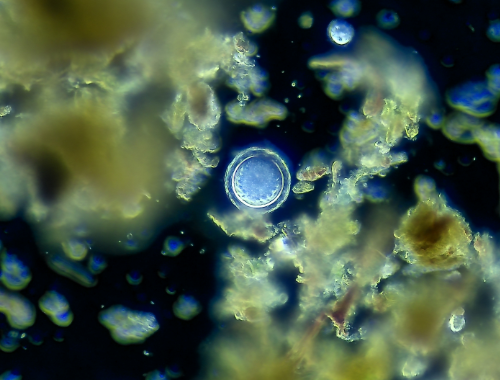
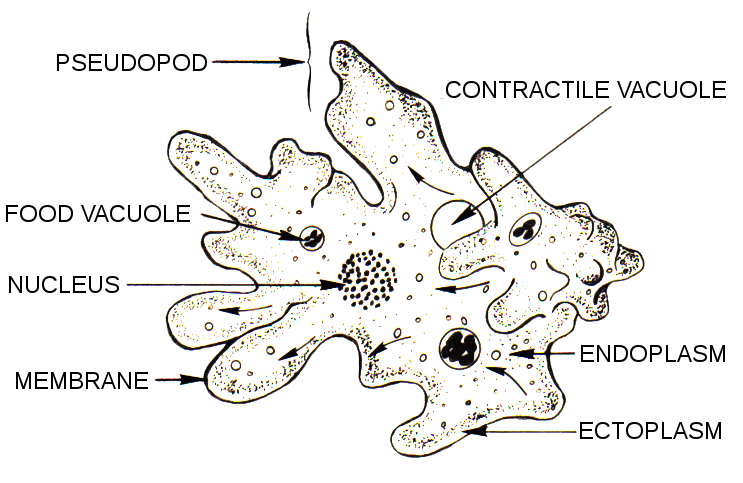
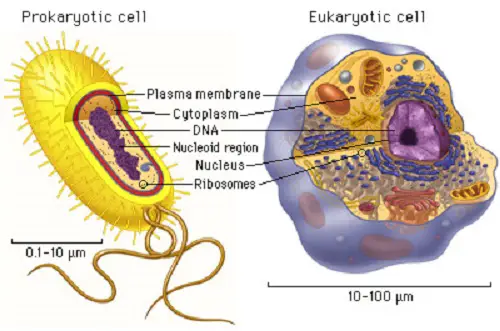
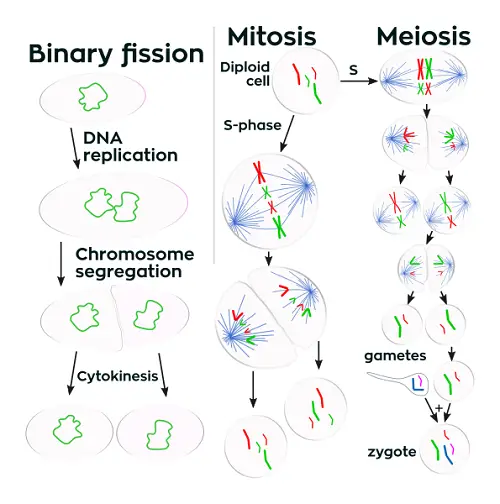
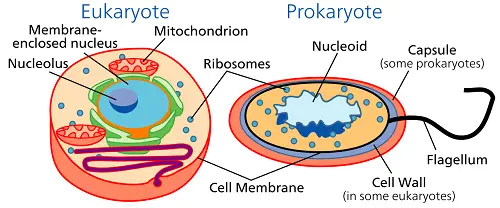
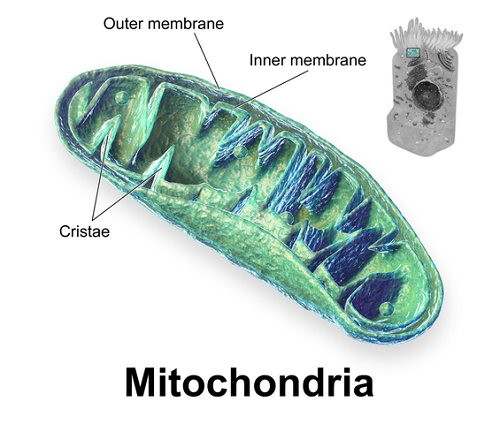





Leave a Reply